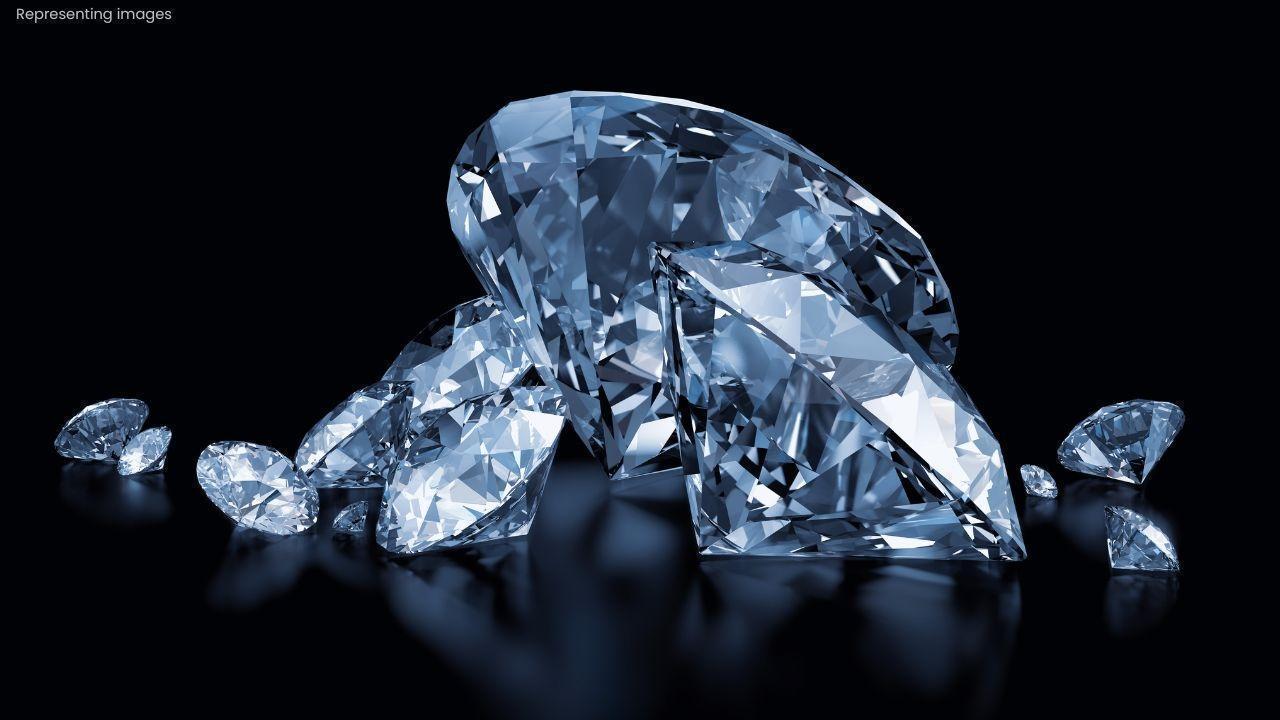
Post by : Raina Al-Fahim
The Regent Diamond, renowned for its brilliance and historical significance, has enchanted people for centuries with its remarkable journey. Discovered in 1687 in the Kollur mines of southern India during the siege led by Emperor Aurangzeb, this legendary gem began its existence concealed in a slave miner’s leg wound. This bold act of concealment allowed the diamond to survive, although its early story was soon marked by greed and betrayal. Reflecting the ambitions and deceptions of those who sought to own it, from Indian traders to European collectors, the Regent Diamond's journey reveals much about human desire for power and wealth.
Following its unearthing, the diamond was sold to Indian merchant Jamchand before being acquired by Thomas Pitt, the Governor of Fort St. George in Madras. Pitt ingeniously smuggled the diamond to England, cleverly concealing it in his son's shoe. In London, expert gem cutter Harris meticulously shaped the stone into a stunning 141-carat cushion brilliant over two years at a considerable cost. This transformation not only amplified its beauty but also solidified its status as one of the world's finest diamonds, destined for royal admiration.
The diamond's French saga commenced in 1717 when Thomas Pitt sold it to Philippe II, Duke of Orléans, for £135,000. Renamed Le Régent, it became a standout piece in the French Crown Jewels, adorning the crowns of monarchs such as Louis XV, Louis XVI, and Charles X, even featuring in a hat worn by Marie Antoinette. Surviving the chaotic French Revolution, the diamond was hidden during the 1792 looting of Crown Jewels, later re-emerging as a symbol of resilience amidst political turmoil and the lasting allure of royal treasures.
In 1801, Napoleon Bonaparte further enhanced the diamond's legacy by incorporating it into the design of his ceremonial sword. After his downfall, the diamond accompanied Marie Louise of Austria, eventually returning to France and continuing its royal journey with Louis XVIII, Charles X, and Napoleon III. Throughout these changes, the Regent Diamond has stood as a silent witness to history, revolution, and the aspirations of humanity, observing the ebb and flow of power across Europe.
Since 1887, the Regent Diamond has found its home at the Louvre Museum in Paris, elegantly displayed in a Greek-style diadem crafted for Empress Eugénie. Esteemed by gemologists for its flawless clarity and historical importance, the diamond is valued at over US$60 million. From its roots in India to its current status in the French Louvre, the Regent Diamond remains a powerful symbol of wealth, desire, and human fascination with the beauty of rare stones.










Rain Washes Out India-Australia T20 Series Opener in Canberra
The opening T20 match between India and Australia in Canberra ended early due to heavy rain, leaving

Dortmund Beat Frankfurt in Penalty Shootout to Reach Last 16
Borussia Dortmund defeated Eintracht Frankfurt 4-2 on penalties after a 1-1 draw, advancing to the G

Suryakumar, Gill Lead Before Rain Ends Canberra T20 Early
The first T20 between India and Australia in Canberra ended in a washout after strong starts from Su

Juventus Set to Appoint Luciano Spalletti as New Coach
Juventus is expected to announce Luciano Spalletti as its new coach after Igor Tudor’s dismissal, ma

Pogba Set to Return for AS Monaco After Long Suspension
Paul Pogba is close to making his AS Monaco debut after his doping ban was reduced to 18 months, wit

UAE Archers Compete in West Asia Championship in Doha
Seventeen UAE archers, led by Federation President Hanadi Al Kabouri, are competing in the 2nd West